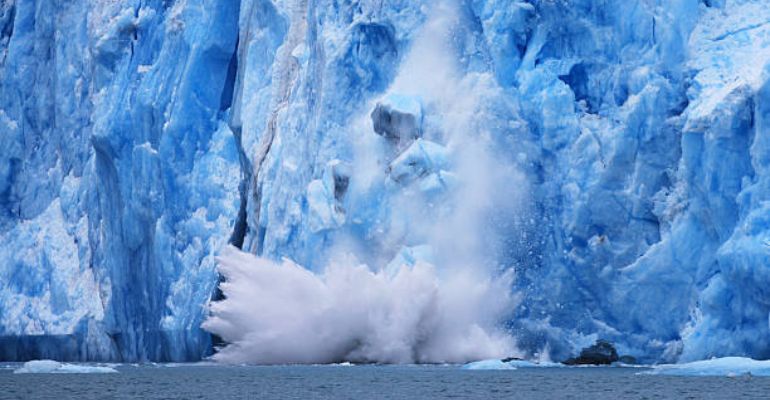Can Everyone Have Potable Water Challenges and Solutions ?
Introduction
As we approach the end of the year, we focus on a question at the heart of our work: Can everyone have access to safe, potable water? While significant progress has been made worldwide, millions of people in rural communities still lack reliable access to clean water, leading to preventable health issues and economic challenges. This month’s newsletter explores the obstacles to universal potable water access, the solutions available, and the vital role that community involvement plays in creating lasting change.
The Importance of Potable Water
Potable water is safe to drink and use for food preparation without health risks. Access to clean water is essential for:
-Good Health: It prevents the spread of waterborne diseases such as cholera, dysentery, and typhoid, which are still prevalent in areas without clean water.
-Economic Stability: Without clean water, communities face increased healthcare costs, reduced workforce productivity, and lower educational outcomes.
-Quality of Life: Access to potable water helps communities thrive, enabling individuals to focus on work, education, and personal development instead of spending hours fetching water.
Despite these benefits, several challenges prevent the goal of universal clean water access. Let’s explore some of these challenges and how we can overcome them.
Major Challenges to Accessing Potable Water
1. Infrastructure Gaps
Many rural communities lack the infrastructure needed to provide clean water. This includes a lack of pipelines, wells, boreholes, and filtration systems that would allow communities to draw and purify water from natural sources.
Solution: Investment in water infrastructure is critical, and it is often achievable with community-based initiatives and partnerships. For instance, constructing boreholes, installing rainwater harvesting systems, or setting up local water treatment units can provide sustainable sources of potable water.
2. Water Contamination
In regions where natural water sources are available, contamination from agricultural runoff, industrial waste, and sanitation practices often make this water unsafe to drink.
-Solution: Community education programs that raise awareness about protecting local water sources, combined with accessible, low-cost filtration technologies, can reduce contamination risks. In addition, improved sanitation facilities and waste management practices help keep natural water sources clean and safe.
3. Climate Change and Water Scarcity
Climate change has increased the frequency of droughts, floods, and other extreme weather events that impact water availability. These changes place additional pressure on existing water resources, particularly in rural areas where climate resilience may be limited.
- Solution: Climate-adaptive practices, such as rainwater harvesting and the use of drought-resistant crops, can help communities manage water resources sustainably. Establishing community water storage tanks and irrigation systems that use grey-water (treated household water) can also improve water availability in times of scarcity.
4. Economic Constraints
Many communities lack the financial resources to invest in water infrastructure or treatment solutions. For low-income households, the cost of clean water can be a barrier to accessing this basic necessity.
-Solution: Working with governments and NGOs to secure funding and subsidies for water projects helps reduce the financial burden on communities. Microfinance options and community-based fundraising efforts also empower communities to take control of their water access initiatives.


.jpg)
.jpg)
.jpg)
.jpg)
.jpg)
.jpg)